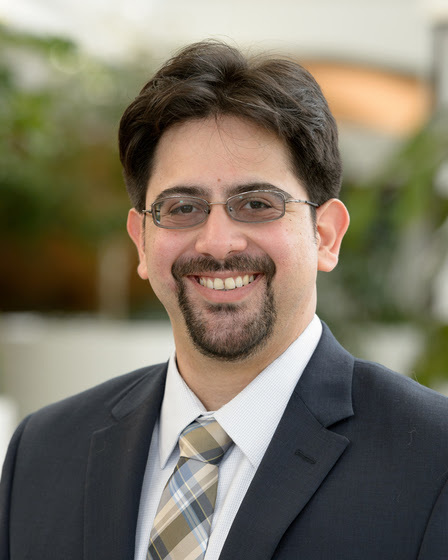"Computational Design and Discovery of Metal-Organic Frameworks" by Yamil J. Colón
 Dr. Yamil J. Colón
Dr. Yamil J. Colón
Yamil J. Colón is a postdoctoral researcher at the Institute for Molecular Engineering at the University of Chicago and Argonne National Laboratory under the tutelage of Professor Juan de Pablo. Dr. Colón received his B.S. in Chemical Engineering from the University of Notre Dame and a Ph.D. in Chemical Engineering from Northwestern University. He is the recipient of numerous awards and fellowships, including a Fulbright scholarship (2009), a National Science Foundation (NSF) Graduate Research Fellowship (2011-2014), the Distinguished Graduate Researcher Award from Northwestern University (2014), and the American Institute of Chemical Engineers (AIChE) Computational Molecular Science and Engineering Forum (CoMSEF) Graduate Student Award (2014). Currently, Dr. Colón is a Fellow of the Global Futures Council on the Future of Advanced Materials of the World Economic Forum. Dr. Colón’s research interests involve the computational design and discovery of materials for energy-related applications.
Abstract
Metal-organic frameworks (MOFs) are nanoporous crystalline materials comprised of inorganic and organic building blocks. The modular nature of MOFs provides the opportunity to modify and tailor structural properties towards particular applications. As such, these materials have received great attention for applications such as gas storage, separations, catalysis, and drug delivery. The possible combinations and modifications of the building blocks result in a virtually limitless number of possible structures. This variety, however, presents the challenge of finding promising candidates among the vast number of potential structures. Computer simulations are needed to sift through the material landscape, reveal structure-property relationships, and identify promising candidates. In this talk I will first discuss the use of high-throughput computational screening techniques in the context of hydrogen storage. The usage of these techniques allowed for the identification and subsequent experimental realization of a novel structure with a rare topology. Finally, I will present the use of enhanced sampling techniques to model the self-assembly of MOFs. The simulations reveal free energy barriers that arise from structural rearrangements preceding MOF formation. More generally, the calculations represent a key step towards assessing the synthetic viability of novel MOF structures.
Sponsored by the Department of Chemical and Biomolecular Engineering